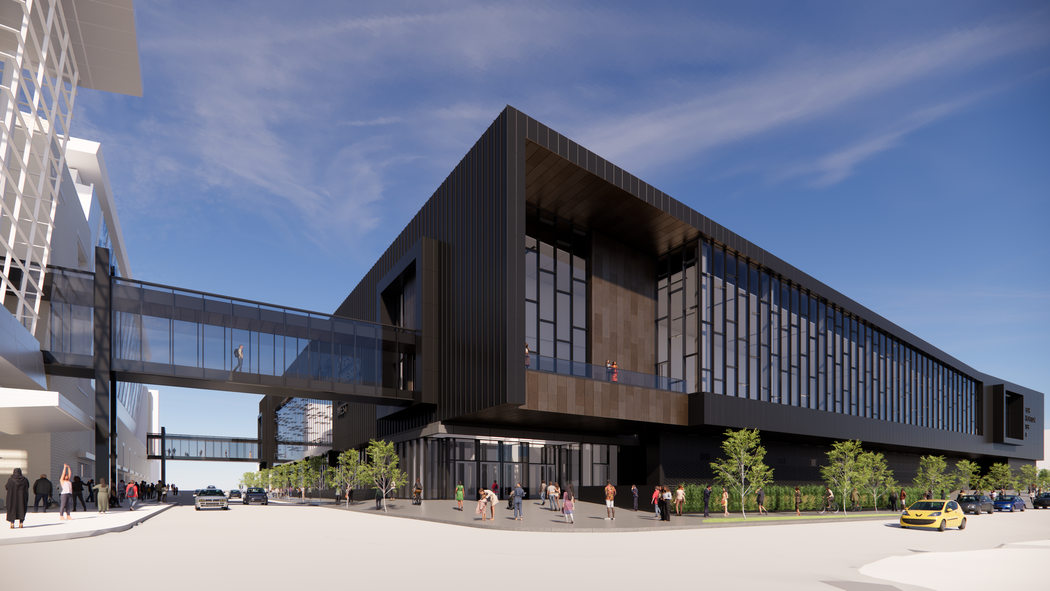AI Integration Drives Job Cuts in Tech Industry
AI integration leads to significant job cuts in tech, with Amazon and Microsoft at the forefront. Impact varies across industries, highlighting reskilling needs.

The AI Job Cuts: Understanding the Impact and Implications
The integration of artificial intelligence (AI) into various industries has led to significant job market changes, with many companies adopting AI to automate tasks and enhance efficiency. Recent layoffs at major tech companies, such as Amazon and Microsoft, have highlighted the role of AI in job displacement. This article delves into the current state of AI-driven job cuts, their impact on the labor market, and the broader implications for workers and industries.
Recent Developments
In early 2025, the tech industry witnessed substantial job losses linked to AI. From January to June, 77,999 tech job cuts were directly attributed to AI, with an average of 491 jobs lost daily[1]. This trend is part of a larger shift toward automation, with companies like Amazon and Microsoft investing heavily in AI technologies. Amazon, for instance, is cutting 14,000 corporate jobs while ramping up AI investments, including a $10 billion AI campus in North Carolina[2].
The Role of AI in Job Displacement
AI is not only replacing jobs but also changing the nature of work. Companies are increasingly using AI tools to automate tasks that were previously performed by humans. A survey found that 30% of U.S. companies have already replaced workers with AI tools like ChatGPT, and this figure is expected to rise to 38%[1]. Furthermore, 40% of companies adopting AI are focusing on automation rather than augmenting human work[1].
Industry Impact
The impact of AI on the job market varies across industries. In manufacturing, automation has led to significant job losses; since 2000, about 1.7 million manufacturing jobs have been lost due to automation[1]. However, the perception of job displacement by AI is often exaggerated. For example, only 13.7% of U.S. workers report having lost their job to a robot, though both those who have and have not been replaced tend to overestimate this figure[1].
Context and Implications
While AI is transforming the job market, it also presents opportunities for creating new roles and enhancing existing ones. As AI automates routine tasks, there is a growing demand for skills that complement AI, such as creativity, problem-solving, and critical thinking. The key challenge for industries is to ensure that workers are equipped with these skills to remain relevant in an AI-driven economy.
Moreover, the shift toward automation highlights the need for reskilling and upskilling programs. Initiatives like CampusAI aim to bridge the AI training gap for everyday workers, ensuring they can adapt to the changing job landscape. Silicon Valley and other tech hubs are also focusing on redefining the role of automation, moving beyond mere "automation theater" to create meaningful, AI-augmented work environments.
Future Outlook
As AI continues to evolve, its impact on the job market will remain a central issue. While AI will undoubtedly displace some jobs, it will also create new opportunities. The future of work will likely involve a mix of automation and human ingenuity, with AI serving as a tool to enhance productivity and innovation rather than replace workers entirely.
In conclusion, the integration of AI into the workforce is a complex issue with both positive and negative implications. As industries navigate this transition, it is essential to focus on retraining workers and fostering an environment where AI complements human skills, ensuring that the benefits of AI are shared equitably among all stakeholders.
Relevant Images:
- Amazon Logo: Illustrates the company's significant role in AI investments and job cuts.
- AI Campus Rendering (North Carolina): Visualizes the future of AI development and its impact on local economies.
- ChatGPT Interface: Represents the AI tools increasingly used in workplaces.
- Manufacturing Automation: Depicts the automation of manufacturing processes, highlighting job displacement.
- Upskilling Programs: Illustrates efforts to retrain workers for an AI-driven economy.
Note: The images should be directly related to the main topic, such as specific AI technologies, company announcements, or visual representations of the impact of AI on the job market. Generic stock photos or unrelated images should be avoided.


